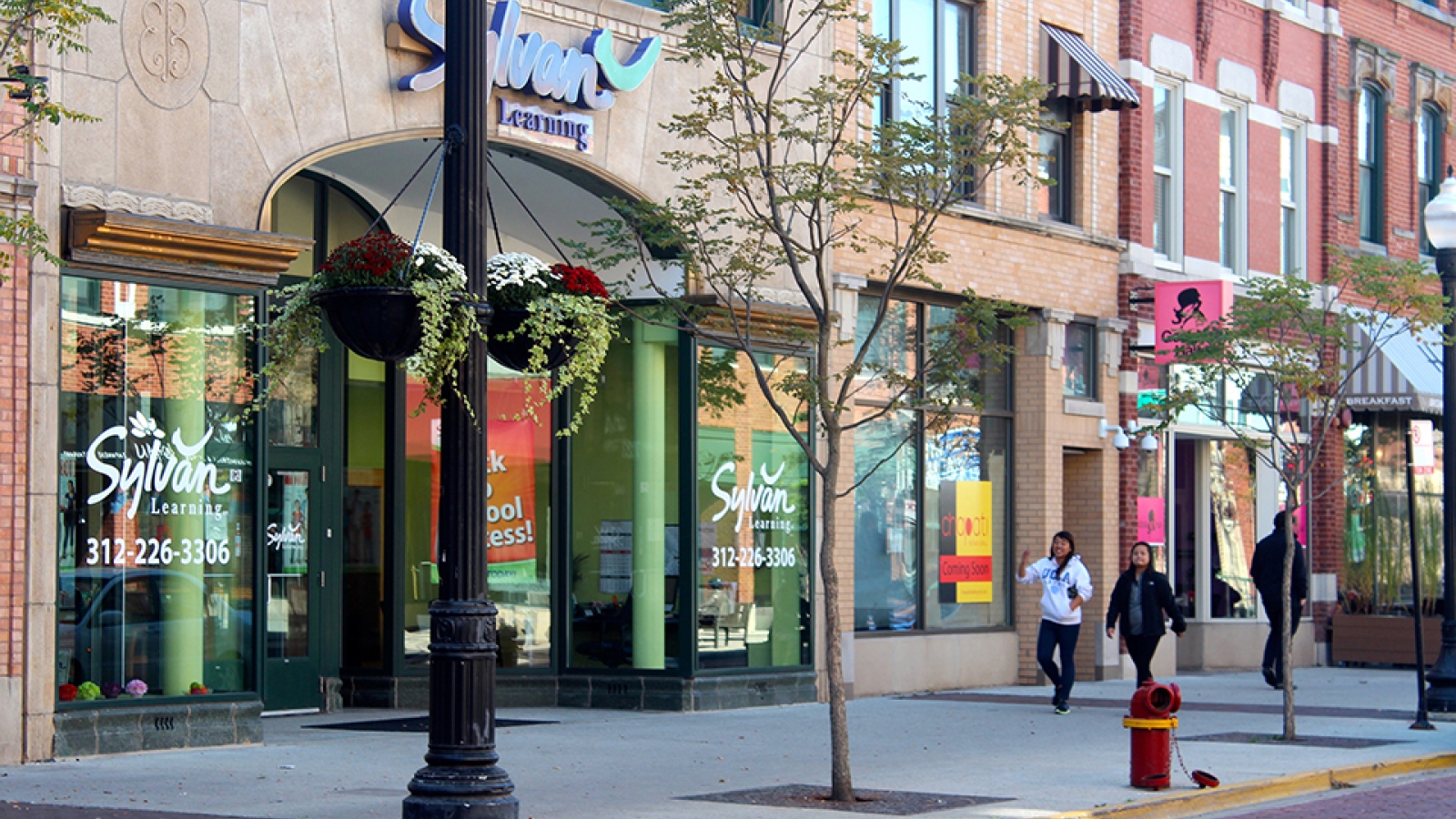
UIC’s South Campus initiative was the largest and most influential undertaking by the University since it began in 1965. The $500 million mixed-use development had a transformative impact on both the University and surrounding area. SB Friedman was engaged to articulate the economic and fiscal impacts of the development.
1. Financial Impacts: We calculated the net financial benefit of the project and the return on investment by accounting for all project costs, including infrastructure, land acquisition, and hard and soft costs, and the total revenues, including land sales proceeds, net operating rent and tax generation.
2. Status/Reputational Benefits to the University: South Campus radically altered the character of UIC. Perceptions of the University among potential students, faculty candidates, peer institutions and the public changed as a result. To determine these benefits to the University, we canvassed faculty about their opinions and perceptions of South Campus.
3. Impacts on the Community and City of Chicago: The replacement of derelict buildings on Halsted Street and Maxwell Street with dormitories, housing, office and retail space, as well as new public infrastructure investments, directly increased tax revenues and employment in the area, and helped catalyze development in adjacent areas including Roosevelt Road. We quantified these positive impacts to the City and the neighborhood.
Results: SB Friedman prepared a holistic impact model that included all components of the South Campus Development from the University perspective. Results from our analysis were summarized in a formal report and presented to University administration.